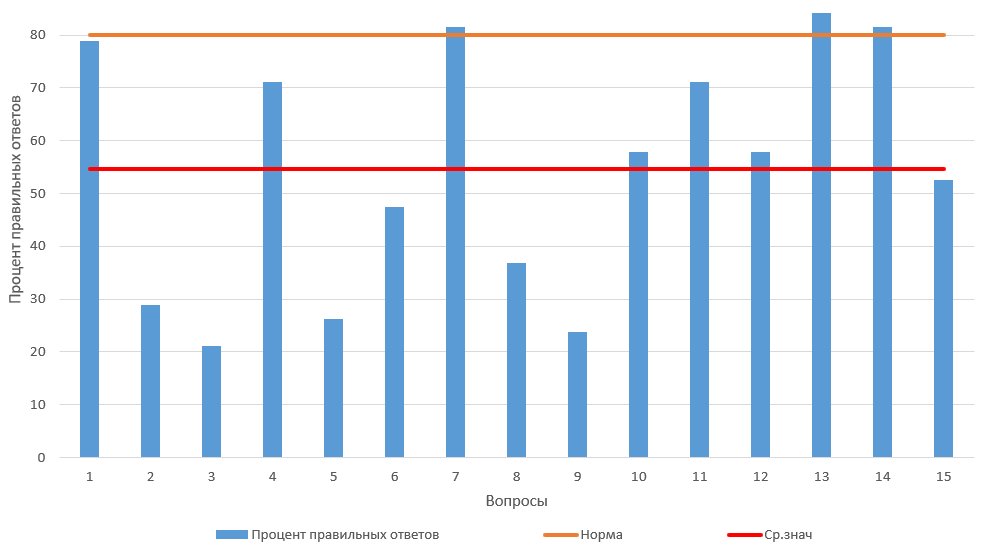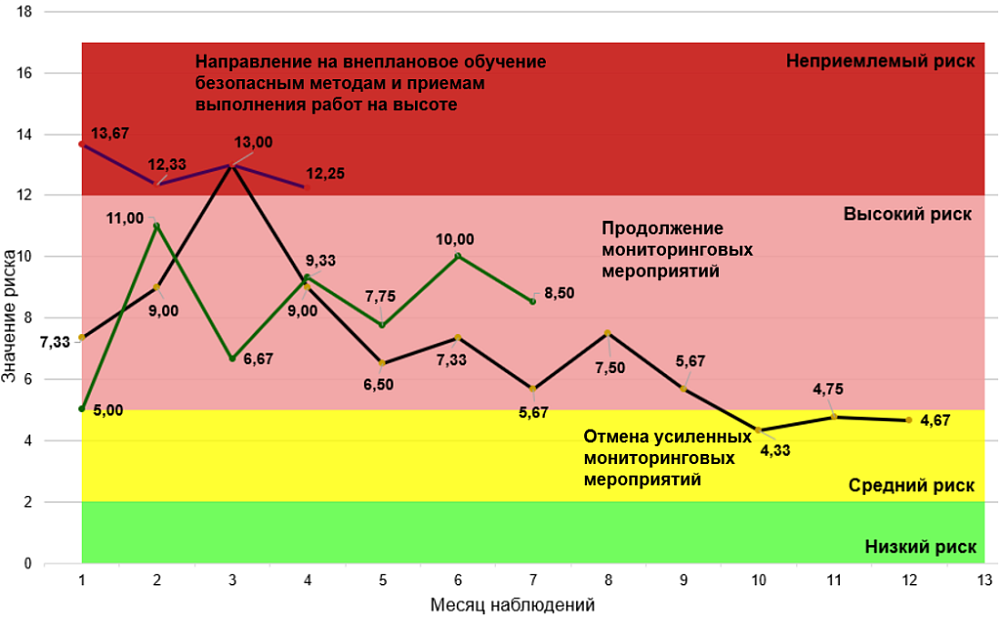Nadezhda Subbotina, a senior lecturer at the SPbGASU Department of Technosphere Safety, completed a research project on "Improving the occupational safety of workers at height in the construction industry by improving the secure behavior model." The study was conducted as part of a grant competition for research projects by academic staff at the St Petersburg State University of Architecture and Civil Engineering in 2025.
Numerous studies have shown a correlation between the number of hazardous actions by workers and the incidence of serious industrial accidents. Therefore, to reduce injuries and improve occupational safety when working at height, it is necessary to address the root cause of the problem—keeping records of hazardous actions by workers. Nadezhda Subbotina proposed a method for assessing the occupational risk of workers working at height, based on identifying the most severe hazardous actions and monthly recalculating the occupational risk level for the hazard of falling from a height.
To rank the severity of the consequences of various hazardous actions when working at height, expert opinions were collected and accident investigations were analyzed. If an employee commits a critical number of hazardous actions within a year, they are suspended from work and sent to unscheduled training in secure working practices at height.
To assess the effectiveness of occupational safety training, the researcher developed a questionnaire and assessment to determine workers' perceptions of hazards and their level of residual knowledge on occupational safety. An analysis of the questionnaire revealed that workers did not find the training valuable. A knowledge retention assessment revealed that workers' knowledge declined by more than 30% within three to six months of the last occupational safety training. A decline in retained knowledge may indicate insufficient employee motivation, a lack of practical application of the material covered, or that the training was insufficiently effective.
The study also revealed that on construction sites, the priority of completing production tasks is often placed above personal safety. Improving the priority of personal safety issues can be achieved by changing approaches to occupational safety training. This requires moving away from formal training and incorporating simulated consequences of violations and accident simulations into employee training. To improve the quality of safety training, it is necessary to implement practice-oriented approaches, such as interactive workshops and accident simulations. The SPbGASU "Smart Labour" training site offers such innovative methods. These methods take into account psychological aspects and allow employees to more deeply absorb safety knowledge, thereby fostering safe behavior in the workplace.
The results of the research work were prepared for publication in journals included in the list of the Higher Attestation Commission.



